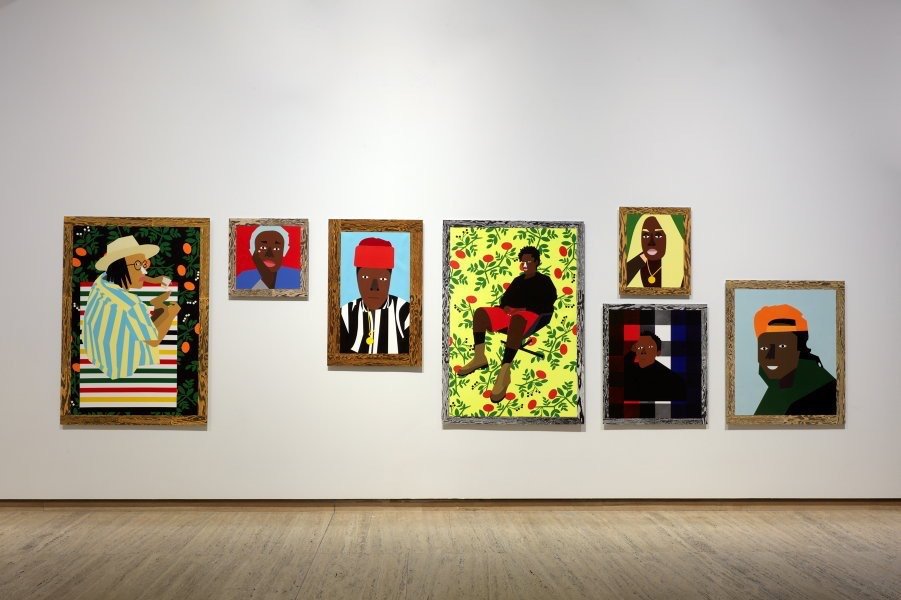In the evolving landscape of wealth management, fine art has emerged as more than a symbol of taste and culture- it is now regarded as a sophisticated asset class. For high-net-worth individuals, art investment offers a confluence of personal passion and financial performance. In Australia, where the local art market continues to gain depth and resilience, structuring art collections with purpose is becoming an essential part of both portfolio strategy and legacy planning.

The Rise of Art Investment in Australia
Historically seen as illiquid and speculative, the art market has matured considerably, both globally and within Australia. In 2023, total auction sales in the Australian art market surpassed AUD $140 million, making it one of the strongest years on record since 2017. This milestone reflects renewed confidence in art as a financial asset, especially among collectors looking to diversify beyond traditional equities and property.
The demand is fuelled not only by interest in blue-chip artists such as Brett Whiteley and Sidney Nolan but also by growing attention to Indigenous and emerging Australian artists—segments that offer both cultural relevance and investment potential.
Art as a Liquid Asset: Unlocking Capital Without Selling
One of the key challenges for investors considering art is liquidity. Unlike stocks or bonds, selling an artwork can be time-consuming and subject to market sentiment. However, new mechanisms are increasingly allowing collectors to unlock capital while maintaining ownership.

Strategies for Enhancing Art Liquidity
Art-backed lending: Select private banks and family offices in Australia now offer loan facilities secured by high-value artworks, providing access to liquidity without divesting assets.
Consignment with galleries or auction houses: Enables collectors to test market interest while retaining flexibility over sale timing.
Fractional ownership platforms: Digital innovations now allow for shared equity models in fine art, particularly for blue-chip pieces with global appeal.
Art investment trusts (AITs): These structures allow families or investors to pool art assets under a regulated entity, enhancing both management and flexibility.
As art continues to gain recognition within diversified portfolios, financial institutions are more frequently treating it as a legitimate, bankable asset class.
Building a Structured, Strategic Collection
As the contemporary art world continues to consolidate, Basel’s role as a global barometer remains intact—for now. But with growing tension between established names and the rising demand for fresh voices, the fair must navigate a changing landscape.

Key Principles:
Diversification: Balance between established artists, emerging talent, Indigenous works, and international names.
Medium and format: Include a mix of paintings, sculpture, photography, and digital art to hedge against market shifts.
Market visibility: Focus on artists with strong auction track records and institutional interest.
Legacy Planning Through Art
For many collectors, art is more than an investment—it’s part of their personal story and legacy. As such, integrating art into estate and philanthropic planning is becoming more common among Australia’s elite families.
Legacy Structuring Options:
Cultural Gifts Program: Under this federal initiative, eligible donations of culturally significant artworks to public institutions can receive tax deductions based on current market value.
Private art foundations: Allow families to curate, preserve, and exhibit collections across generations while maintaining control.
Trust structures: Enable seamless inheritance while protecting assets from division or forced liquidation during estate transitions.
Incorporating art into succession planning not only protects value but ensures that a collector’s vision and values endure.
The Role of Professional Advisors
Whether acquiring a single artwork or managing a multimillion-dollar collection, the importance of professional guidance cannot be overstated. Collectors should work closely with:
- Art advisors, for acquisitions and valuations.
- Tax advisors and lawyers, for structuring and compliance.
- Wealth managers, to integrate art within the broader portfolio.
In Australia, more wealth firms are recognising the value of art as part of holistic wealth management, offering specialist services or partnering with external advisors to provide tailored solutions.
Lasting Impressions
Art has transcended its traditional role as a decorative or philanthropic pursuit. Today, it stands as a powerful financial instrument—capable of delivering long-term appreciation, liquidity solutions, and enduring legacy value. As the Australian art market matures and new financial tools emerge, there has never been a better time for sophisticated investors to view their art collections not only as symbols of taste, but as active, performing assets.
For collectors willing to apply the same strategic thinking to their art as they do to equities or property, the result is a portfolio that is not only financially rewarding but culturally significant and personally meaningful.
Written By: Claudia H
Published: 18th August 2025